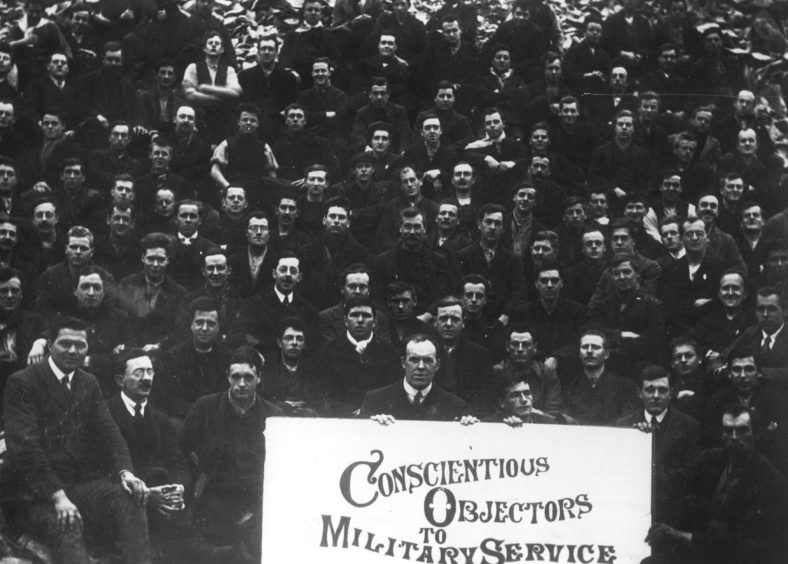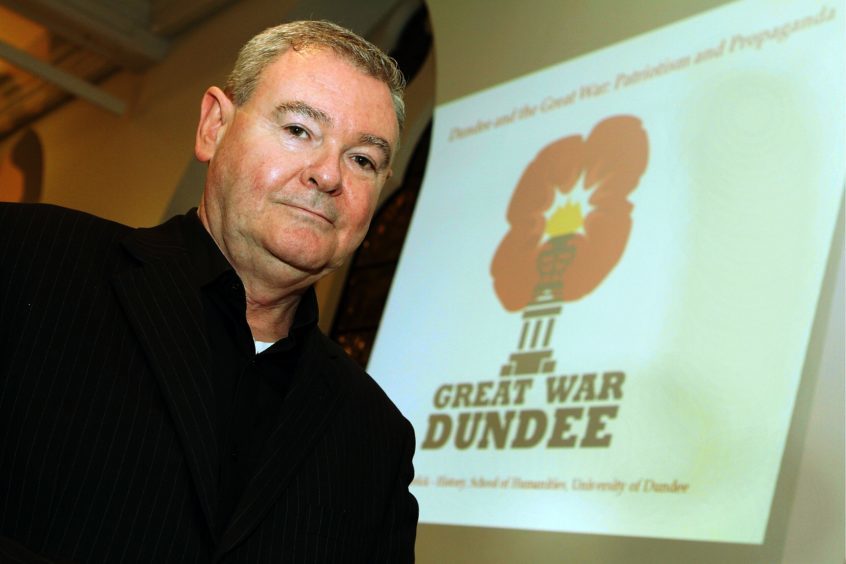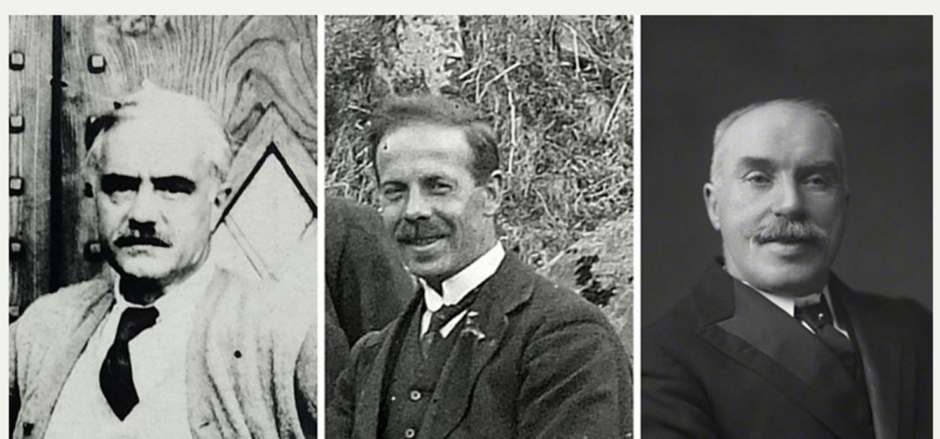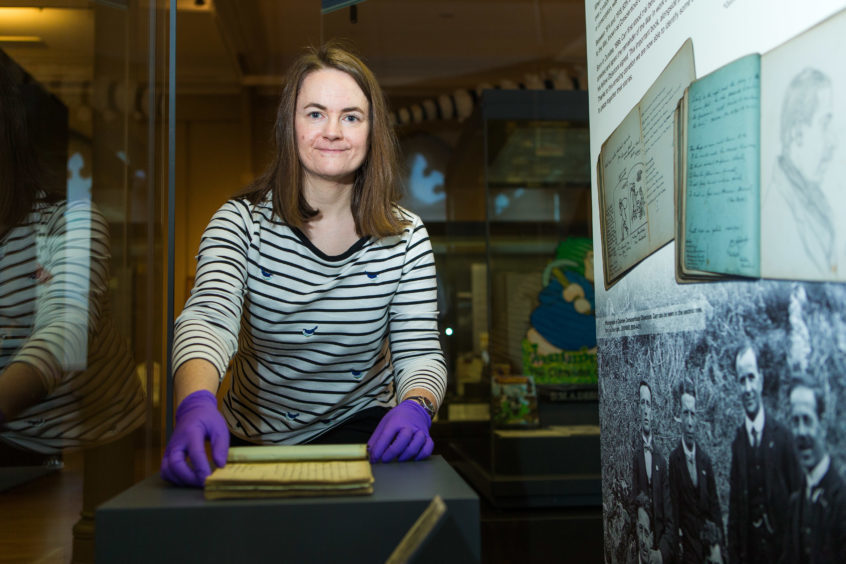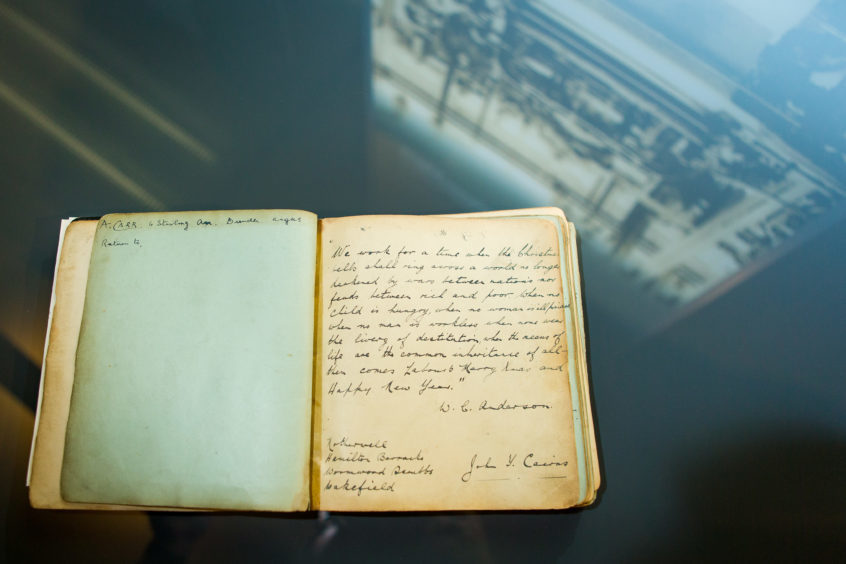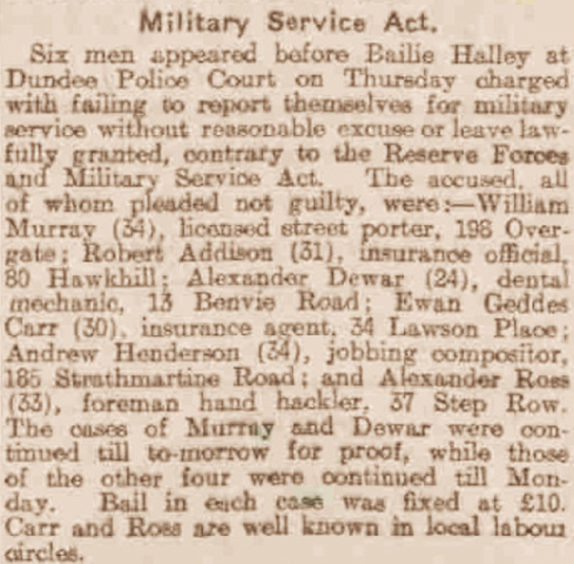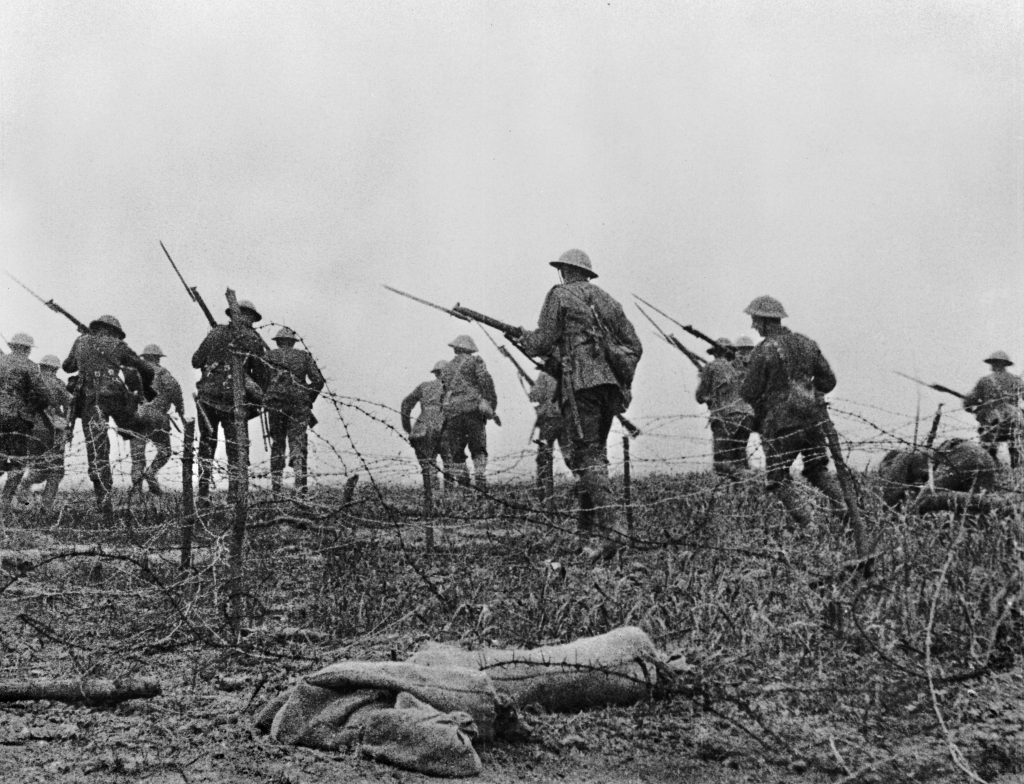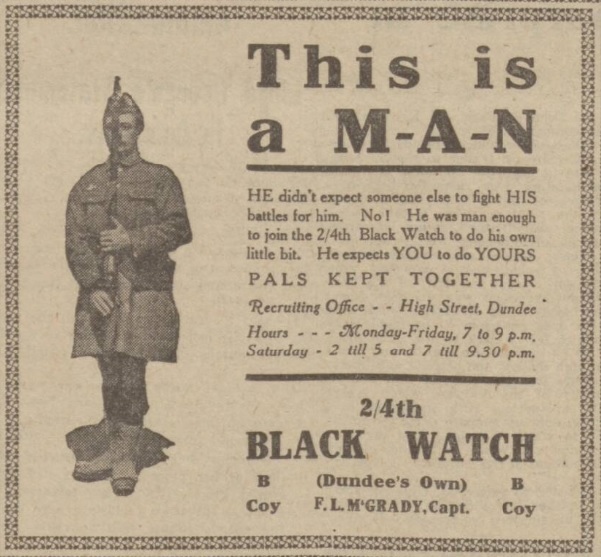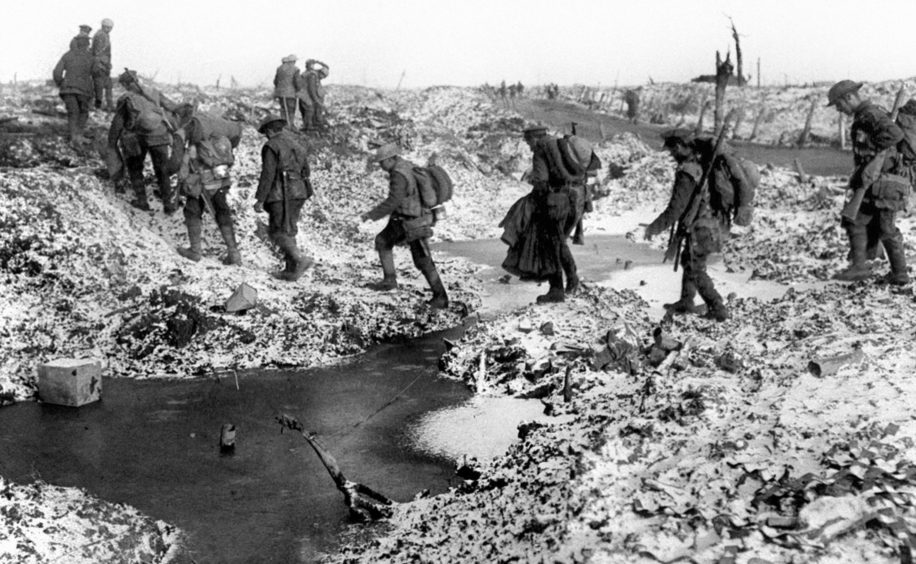With this year’s International Conscientious Objectors Day upon us, Michael Alexander talks to Dundee historian Dr Billy Kenefick about the First World War men who refused to fight – and paid a high price.
Think of the impact of the First World War on Dundee and perhaps what comes to mind are the tragic losses afflicted on the 4th battalion Black Watch at the Battle of Loos in 1915 or the incredible support the city’s populace gave to the money-raising tank banks as the war entered its final year in 1918.
But what of the men who declared themselves as conscientious objectors (COs) and paid a high price after refusing to fight on the grounds of morality or religion?
As a fourth annual peace vigil is held in Edinburgh on Tuesday May 15 to commemorate International Conscientious Objectors Day, it’s a question that will be at the forefront of Dundee-based historian Dr Billy Kenefick’s mind ahead of an events programme being held at Dundee University later this week.
On Friday evening, a free lecture given by Cyril Pearce – the leading authority of war resistance and COs – is being jointly supported at Dundee University by the Abertay Historical Society and Great War Dundee (GWD).
Then on Saturday, at the same venue, another free event called War, Conscription and Conscientious Objection 1914-1919 is being jointly organised by GWD, WEA Scotland and supported by the Centre of Scottish Culture at Dundee University.
The morning session, organised by Great War Dundee and introduced by Derek Patrick of St Andrews University, will include a short talk by Dr Kenefick and Bill Carr on the story of two Dundee brothers – Ewan Geddes Carr (socialist and war resister) and William Stewart Carr (socialist and soldier).
There will also be audience participation and a survey on conscription, conscientious objection and COs.
“The story of the Carrs from Dundee is very much a tale of two brothers,” said Dr Kenefick.
“They were very well known socialists in Dundee before 1914.
“They were both against the war and were already talking about being conscientious objectors should a war take place.
“But when war actually came, their positions became very different.
”Ewan Geddes Carr was a socialist who became a war resistor within the Independent Labour Party and eventually a conscientious objector who ended up in prisons, work camps.
“His brother William was cut from the same cloth.
“However, he was different in that as soon as the war started his view was we had to see it through.
“Because he was an electrician recruiting sergeants were told they were on the reserve list so don’t sign these men up: In order to circumvent that he actually went to London and joined up down there.”
It’s estimated that during the First World War some 16,000 conscientious objectors refused to fight across Britain as conscription laws enlisted 2.5 million extra British troops from 1916 onwards.
Those who objected had to appeal in public, usually on moral or religious grounds.
However it was not an easy process and most were jailed or sent to hard labour camps as the authorities viewed them as traitors.
Dr Kenefick said that at face value, the 105 COs recorded in Dundee might not seem like a very high number.
The city had one of the highest military recruitment rates anywhere in Scotland.
However, only Glasgow had more COs in Scotland than Dundee and Dr Kenefick said it was likely the numbers of non-fighting men from Dundee was actually much higher due to the prevalence of skilled workers who would have been exempt.
Dundee was also the “epicentre” of a very well organised network of support for COs and war resisters, he added.
Regular collections took place every Sunday outside the Dundee High School gates to support the dependents of the COs when they were in prison.
“About 70% of COs were Independent Labour Party members or associated with John Maclean’s Scottish section of the British Socialist Party which was anti-war and very Marxist,” he said.
“There were other groups. The Socialist Labour Party for example, the Union of Democratic Control and the Women’s International Peace movement.
“The greatest majority of COs were political objectors who were against the war before 1914. What happened when conscription came in in 1916 was quite simply they maintained their anti-war stance and said quite simply ‘we will not fight.’
“However, I have to add that not all COs were pacifists. They were anti-imperialist if they were political and as far as they were concerned this was a war being fought for capitalist gain and capitalist greed.
“The fact that we went to war in World War One without an Act of Parliament was another reason – it was a bit like the argument we are having now over Brexit.
“The left wing movement always argued that the peoples representatives should decide if we went to war or not.
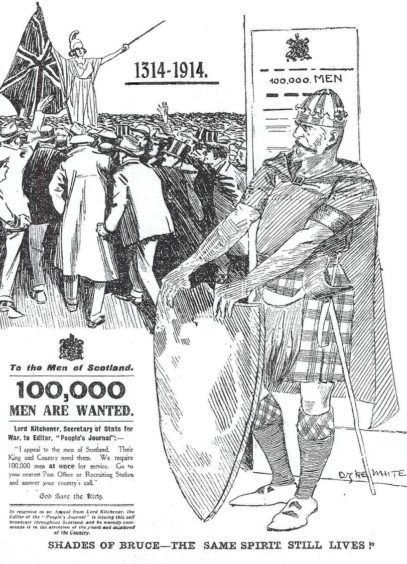
“Yet the local newspapers would call them ‘pro-German’.
“It raises interesting questions about how COs would be viewed in the context of today.”
Dr Kenefick said it’s worth noting that some of the men who refused to fight in Dundee in the 1914-18 war would have been happy to fight on the side of the republic during the Spanish Civil War of 1936.
However, many First World War objectors changed their views in World War Two.
“A lot of guys would not fight in World War One because politics told them it was wrong,” he said.
“But the fascism of the Second World War was a different thing – a horse of a different colour with some, who were too old, even lying about their age so they could fight!”
For information on the weekend events in Dundee go to www.greatwardundee.com
